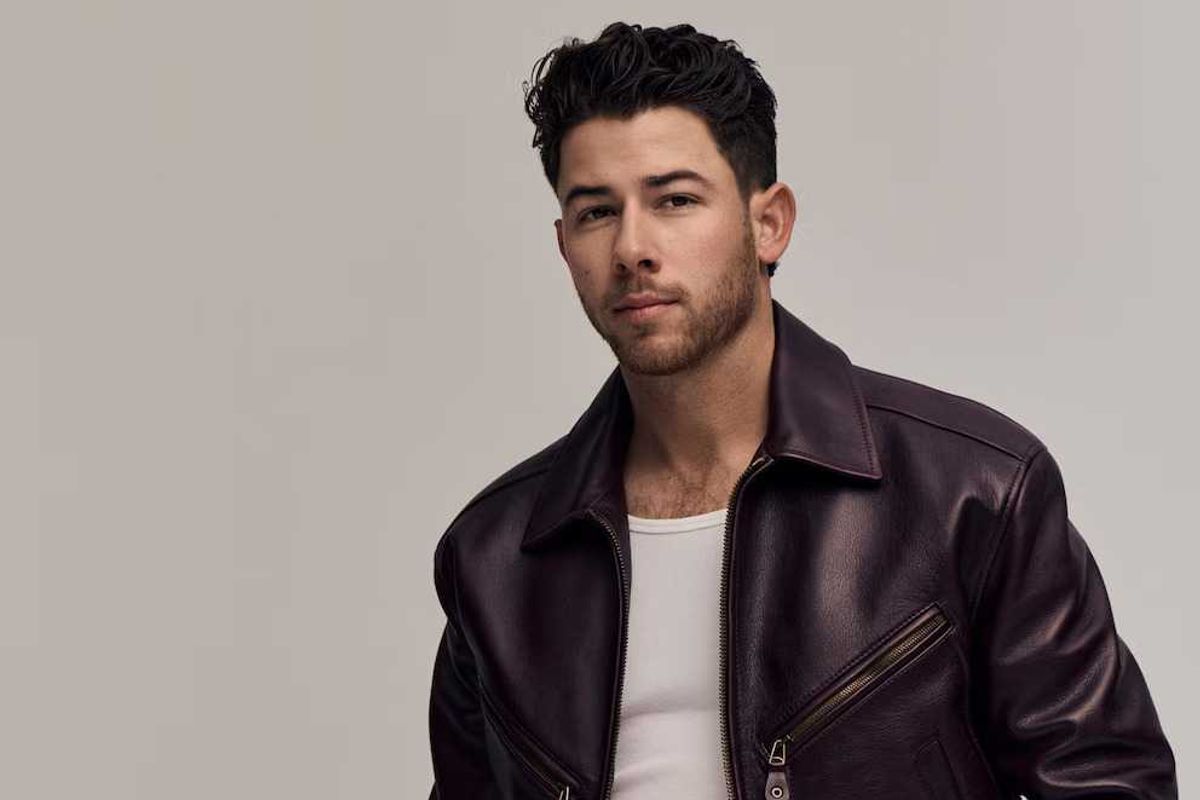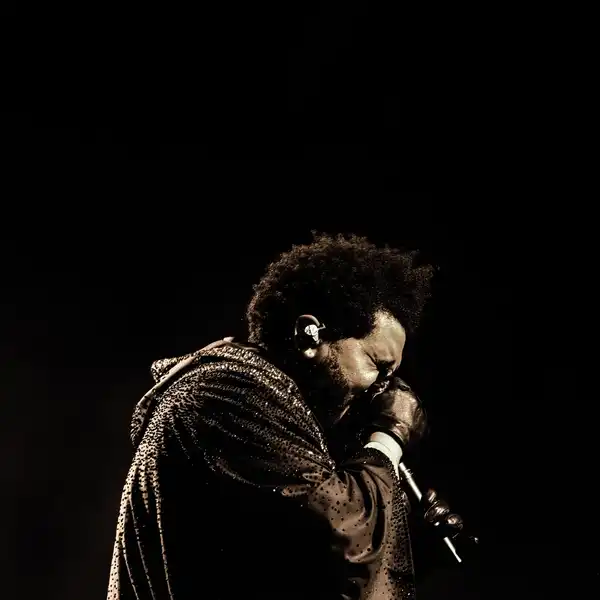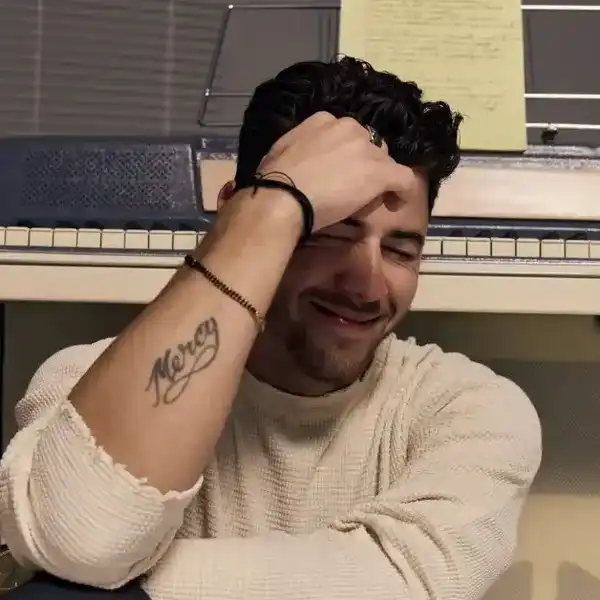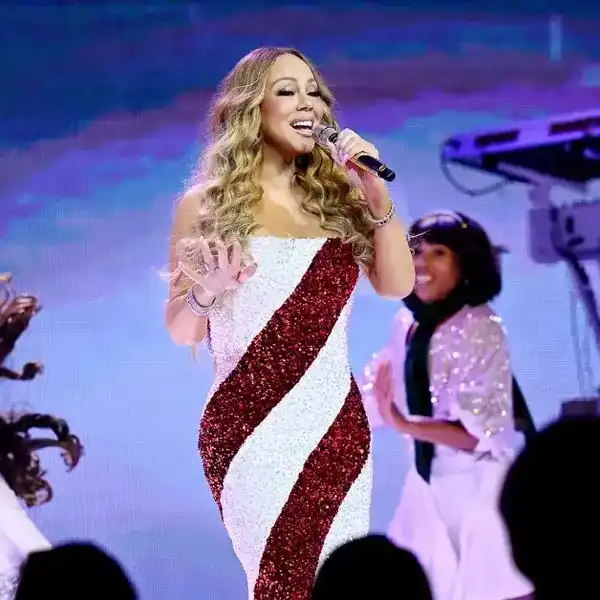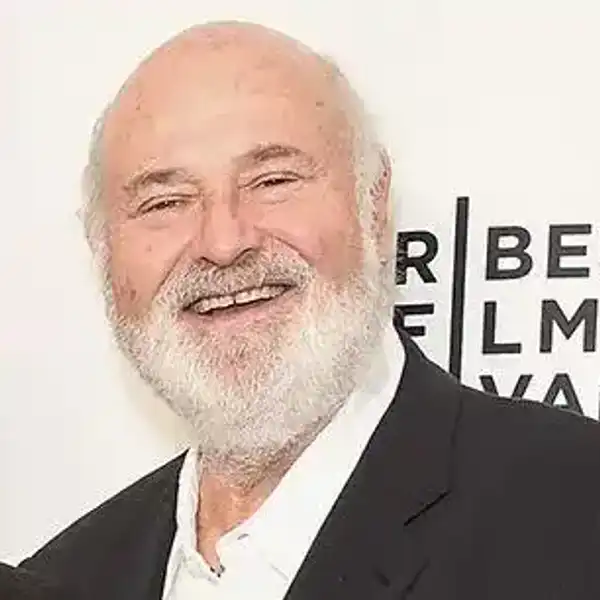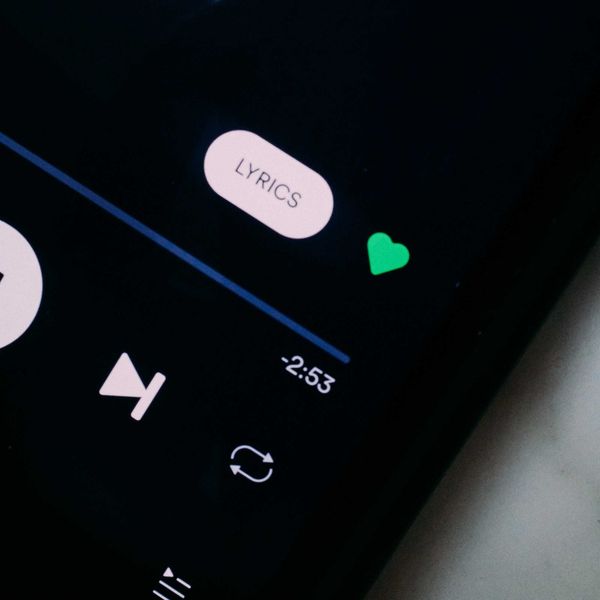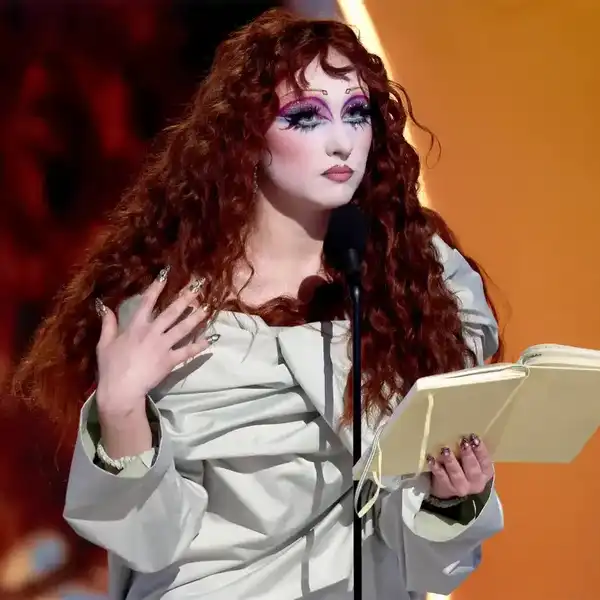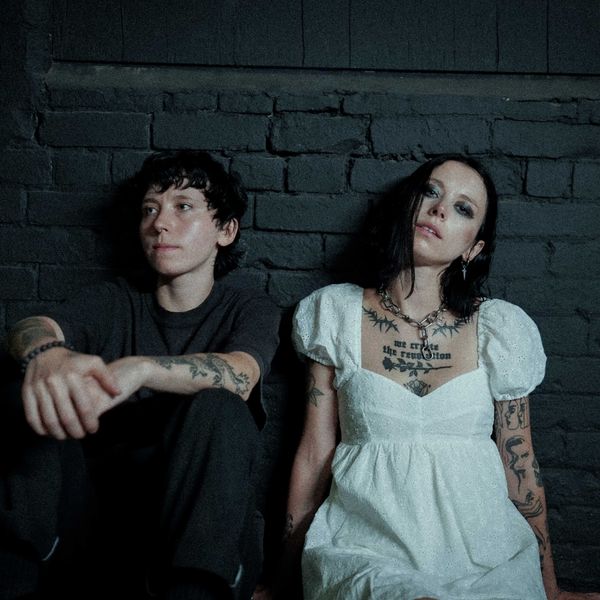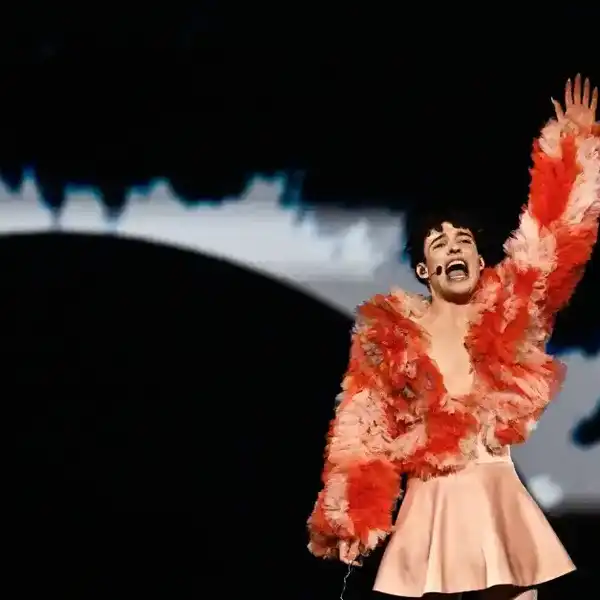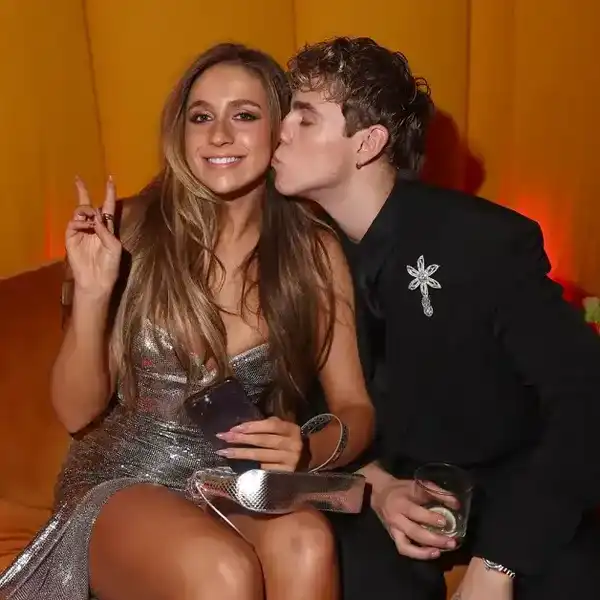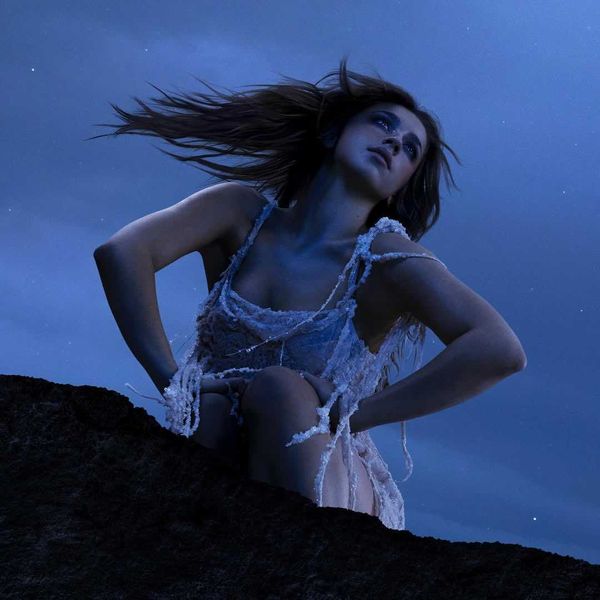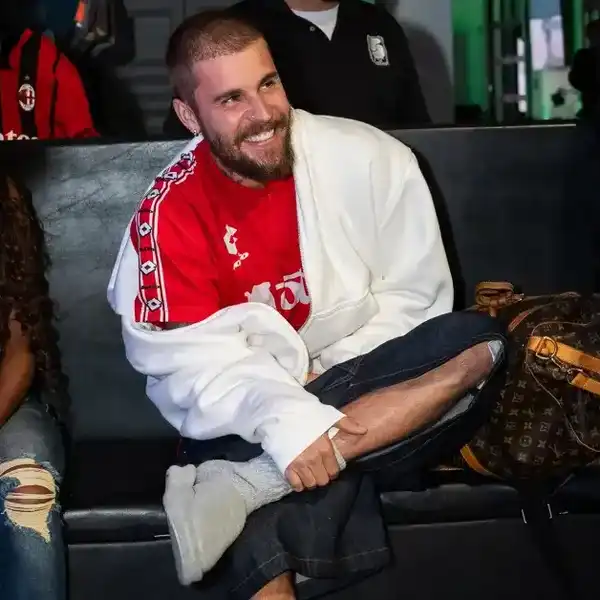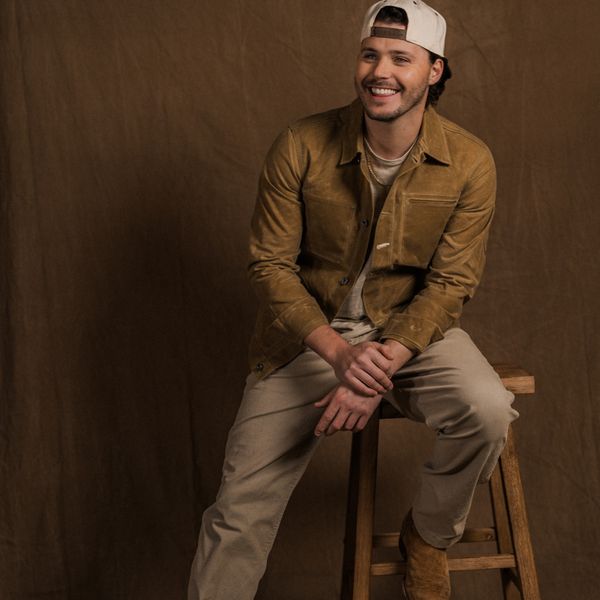Five Questions With… The Good Lovelies
The Toronto trio lives up to the name of its new album, Shapeshifters, by moving in a more pop-oriented direction. A deep personal bond between members is a key reason for their longevity and success.

By Jason Schneider
On their new album Shapeshifters, out Feb. 9, The Good Lovelies push further into the mainstream with their most accessible and pop-influenced offering to date. Teaming up with producer Daniel Ledwell, the trio comprising Kerri Ough, Sue Passmore, and Caroline Brooks built on their organic folk-based sound, while lyrically exploring themes such as the struggles of motherhood and coping with grief. However, it’s all approached from a hopeful perspective, as fans of the group have come to expect.
Since first getting together in 2006 for what was planned just to be a one-off performance, the Toronto-based trio has compiled a catalogue of four studio albums, a pair of EPs, a live album, and Christmas collection as their sound has constantly evolved. At its heart though, is The Good Lovelies’ unmistakable group harmony, both on and off stage.
The band members describe Shapeshifters overall as a snapshot of a specific time in their lives, and sharing these moments is what largely inspires their writing. Maintaining their shared creative vision has been the key to The Good Lovelies’ progress, and Shapeshifters proves once again that the sum is greater than the individual parts.
Caroline Brooks took some time to explain these ideas further as the group prepares to hit the road in the U.S. and Australia in March and April. They’re back in Canada on May 11 for a special show at Toronto’s Massey Hall with Royal Wood. For more info, go to goodlovelies.com.
What makes Shapeshifters stand apart from your previous work?
It’s the most pop sounding record we have made to date. That wasn’t entirely intentional; we just opened ourselves up to a wider range of instrumentation/sounds than we had in the past, helped by our incredible producer Daniel Ledwell. He also empowered us throughout the recording process to play our instruments rather than hire the big guns. It was a ton of fun!
The group has been together for over a decade now. What do you believe is the key to how the three of you work so well together?
We have a deep friendship and gratitude for one another, which carries us through everything—writing, performing, tour planning, etc. Honestly, I don’t know how people do it on their own! Having Kerri and Sue to lean on and share in this crazy life is a real comfort. Especially when we’re in some weird situation on the road and need to laugh. We try our best to be generous with one another when we are making decisions related to the band and our schedule. It’s important that everyone feels taken care of, and I think that’s what’s gotten us this far.
What's been the biggest change in your life over the past year?
As a group, we took the reigns back in regards to running our business after having a manager for several years. We have been dividing and conquering and learning how to run our business effectively. It’s been a bit of a learning curve in some regards, and a ridiculous amount of work, but also very gratifying.
What do you recall about your first time performing in public?
I was 10 years old, and it was at the school talent show. I played a song I had written myself—in French—called “Les Fleurs,” and the best part was my Dad played the guitar, and my Mom played the flute and sang backup. I was the coolest kid in the school that day!
What song by another artist do you wish you had written?
I wish I had written “The Wall” by Anais Mitchell, from her album Hadestown. It’s perfect lyrically and stirs up my heart in a big way.

